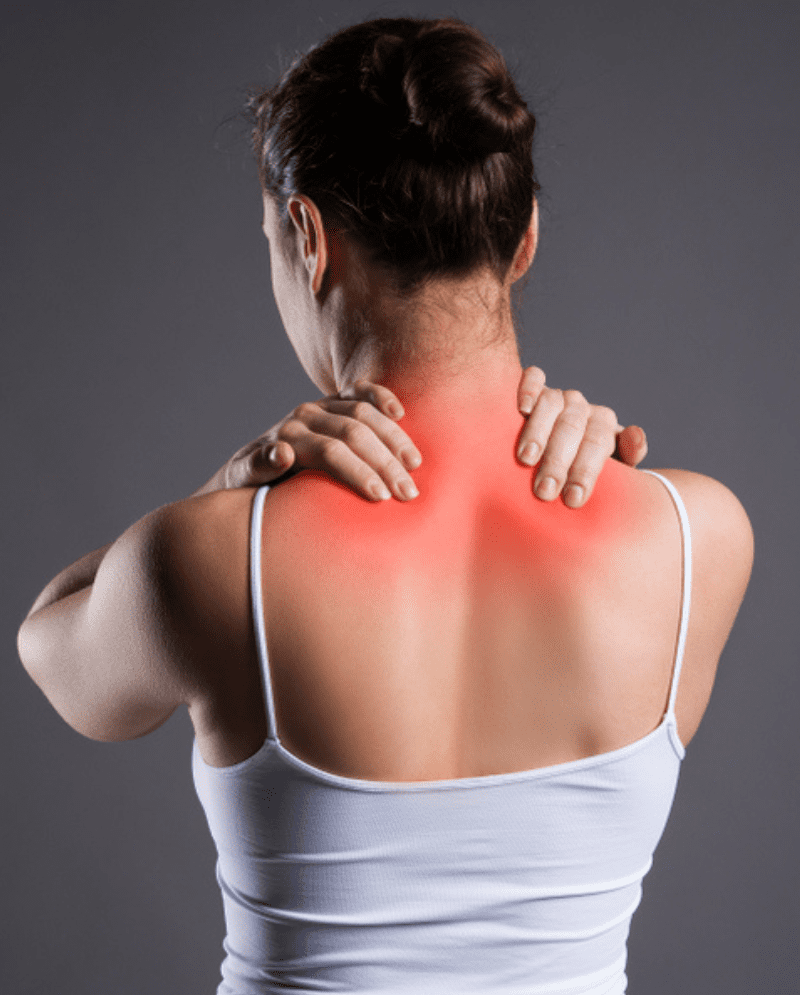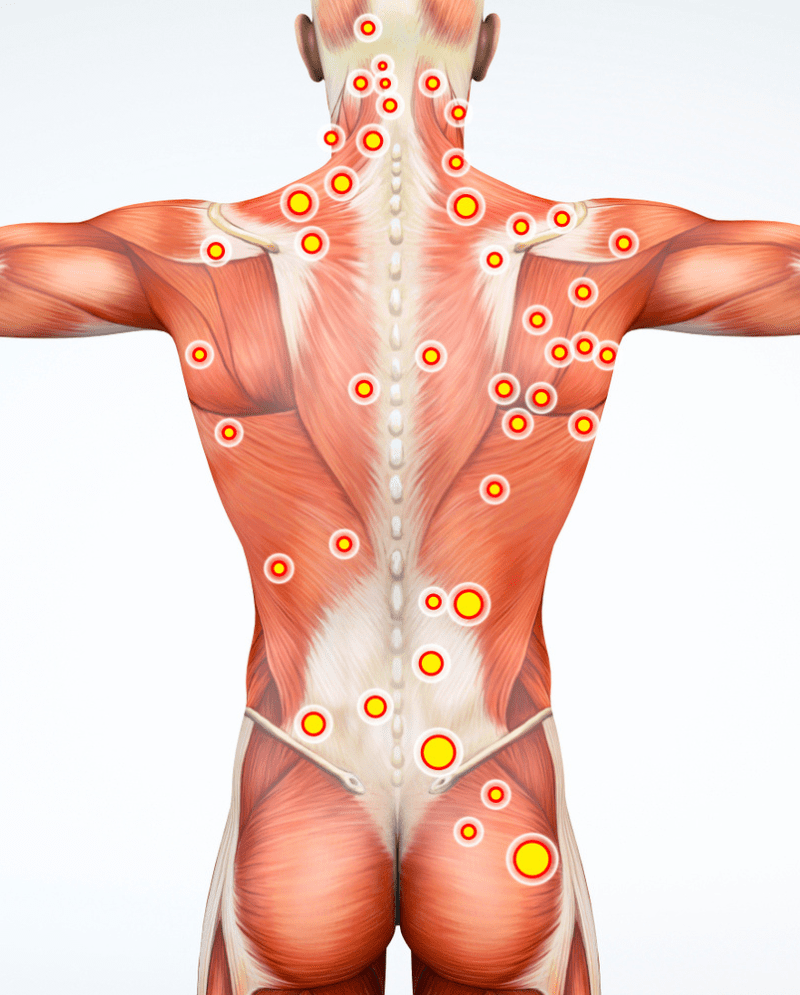Trigger Point Therapy
When most people talk about having a “knot” in their neck or back, they often refer to a tender spot on their body formerly identified as a trigger point. Trigger points are pressure points that have developed within the muscle. They are bands of muscles that have become tight and create a tender area in a muscle that causes generalized musculoskeletal pain when overstimulated. Myofascial trigger points can cause several problems, like headaches, joint pains, and back pain.
They are most commonly known to affect major joints like the knees, shoulders, and wrists. They can result in pain in the direct area, referred pain, muscle weakness, restricted movement, and flexibility of the spine and extremities. This condition can also cause other symptoms like nausea, numbness, tingling of feet and hands, dizziness, heartburn, and genital pain.
Solution For The Pain
Trigger Point Therapy (TPT) is a therapeutic technique used to alleviate muscle pain and tension caused by trigger points, which are small, hyperirritable spots in skeletal muscle. These trigger points can cause referred pain, meaning the pain is felt in a different area of the body from where the trigger point is located. This therapy aims to release these trigger points to restore normal muscle function and reduce pain.
Identifying Trigger Points: The first step in trigger point therapy is identifying the trigger points. A skilled therapist can palpate the muscles and locate these tender spots, often characterized by tight bands or nodules.
Manual Pressure: During a TPT session, the therapist applies manual pressure to the trigger points using their fingers, thumbs, elbows, or specialized tools. The pressure is sustained for 10 to 30 seconds or until the muscle tension releases.
Release Techniques: There are different techniques for releasing trigger points, including:
Ischemic Compression: Applying sustained pressure to the trigger point reduces blood flow temporarily, followed by release to allow fresh blood and nutrients to flow back into the area.
Stripping: Using the fingers or thumbs to apply pressure along the length of the muscle fibers to release tension.
Stretching: Combining stretching movements with pressure on the trigger points improves muscle flexibility and reduces pain.
Heat Application: Heat therapy may be used in conjunction with trigger point therapy to warm up the muscles and enhance blood flow, aiding in the relaxation of tense areas.
Post-Treatment Care: After the session, the therapist may recommend specific exercises, stretches, or self-massage techniques to maintain muscle flexibility and prevent the trigger points from re-forming.
We Can Help!
Our expert team at Cipriano Buckhead Chiropractic in Atlanta, GA, specializes in treating this condition through Trigger Point Therapy.
“Dr. C is fantastic!
Wow, what a great experience. Dr. C REALLY listens and makes every part of the treatment about your specific needs. His professionalism and empathy are amazing.”
– John R.
What People Say About Us.



